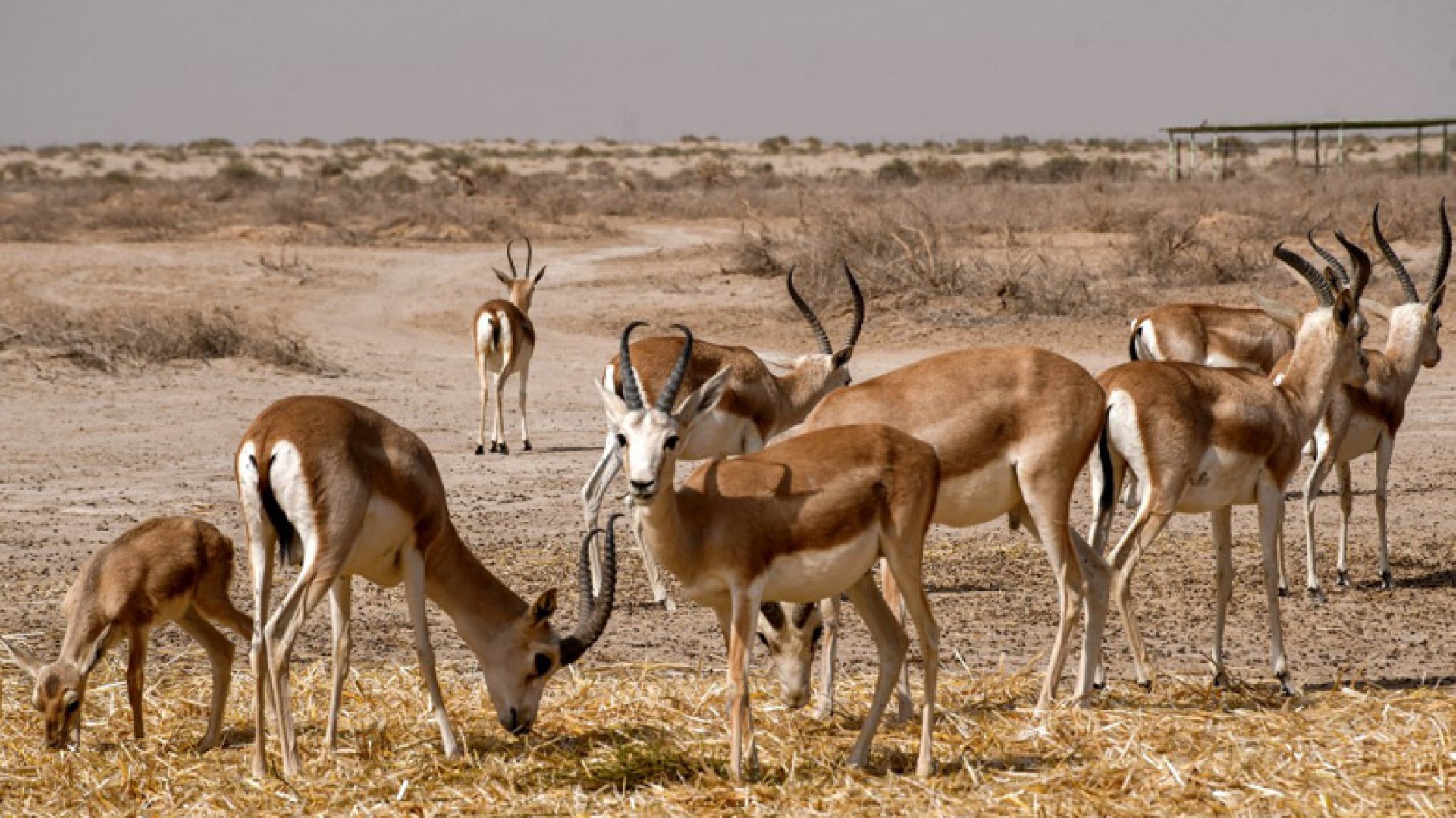
Iraq
Historically hosting a wide range of ecosystems, much has been lost or reduced. Still, what remains is well worth preserving, and could be the foundation of an eco-tourism industry in the country. In particular the Mesopotamian marshes; although greatly reduced when Saddam Hussain cut off the flow of water, when he was overthrown it was rectified. Historically, millions of birds, migrating from Africa to Siberia would stop off, and many still do. Seven marsh species are near or fully extinct, including the Indian crested porcupine, the bandicoot rat and the marsh gray wolf.
There is a coral reef, only discovered in 2012, there is hope that ecotourism might flourish because of this.
Given its range of habitats (from marshes and rivers to arid deserts) there is a wide variety of species that were historically found here. While some have been lost in recent centuries, some hang on.
The Eurasian and smooth-coated otters live here in stretches of water, while elsewhere the Causican leopard hangs on, alongside the sand cat and the wild cat.
Beyond this, the Rüppell’s fox, and the marbled polecat are found.
The Goited Gazelle and wild boar live here, alongside Indian crested porcupines, Bactrian camel, European hare and Corsican squirrel.
Species lost in this area, are all quite exciting animals, and should any of these reappear, it would likely greatly increase the ability of Iraq to increase its ecotourism section of its economy. The last Caspian tiger was killed in Mosul in 1887, and given the recent discovery that the Caspian tiger is the same as the Amur tiger, there is a possibility to reintroduce this species, though the Amur tiger is adapted to extreme cold, rather than the extreme heat of Iraq. Never-the-less, there is a clear possibility for the tiger to return. The Asiatic cheetah was last seen in Iraq in 1926 when one was killed by a car in the desert to the west of Basra. It is unfortunately true that the Asiatic cheetah is so close to extinction it is unlikely to recover. Whether African cheetah could replace it, as has been started in India, is questionable – many have been worried by the decision to do this in India, and it is likely that other focuses should be applied first. Asiatic lions also lived in this area till 1918, and are quite possible to reintroduce – unfortunately there is a problem here, as the sole wild population live in India in Gujurat. While Indians supreme court has demanded lions be translocated, and are not being looked after well by Gujurat, they have ignored the court, and at the current time none have been moved to Kuno which was made ready for it. What about Syrian elephants? These were lost in 700 BC, around 2700 years ago. Given that the Syrian elephant has been extinct for over 2000 years, however, as the Syrian elephant is a subspecies of the Asian elephant, any Asian elephant subspecies could likely survive and thrive in Iraq.
Could these species return? I believe it would be good for the country, and would allow rewilding areas, however it appears that there is no thinking along these lines at the current time.
While we currently have no Ecotourism links within the country, we hope to add some over time. They will appear below the news










